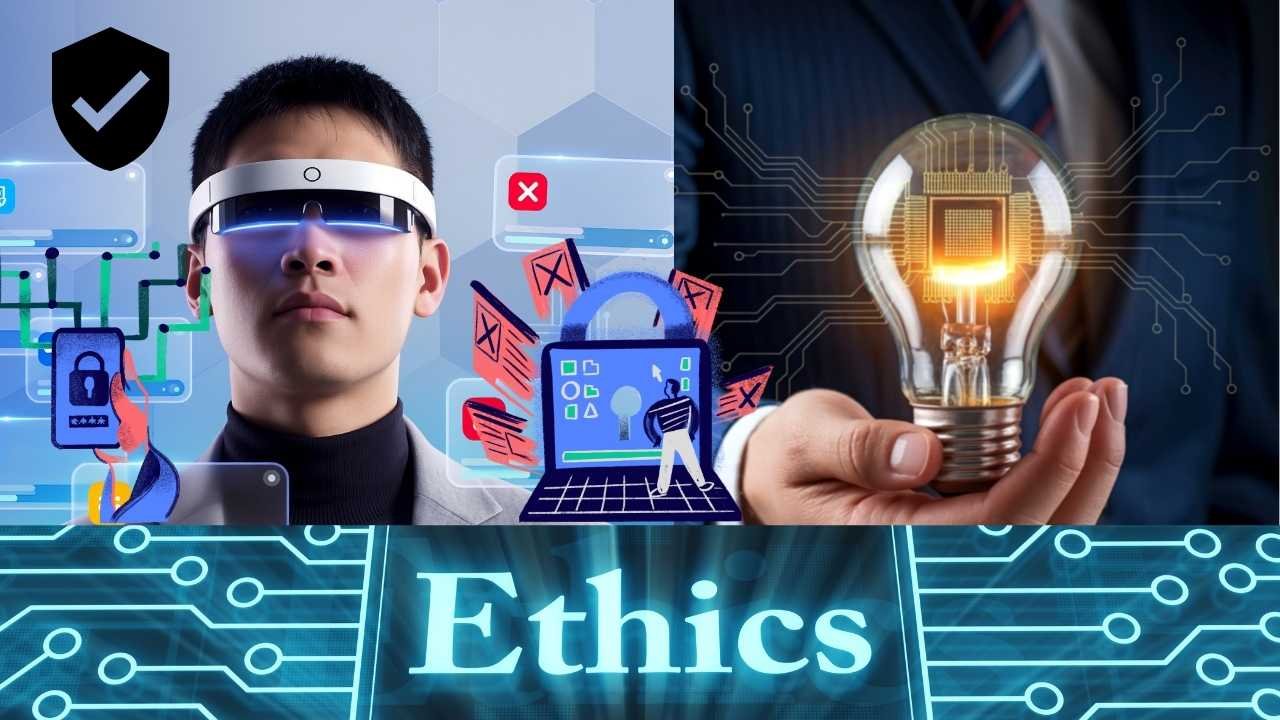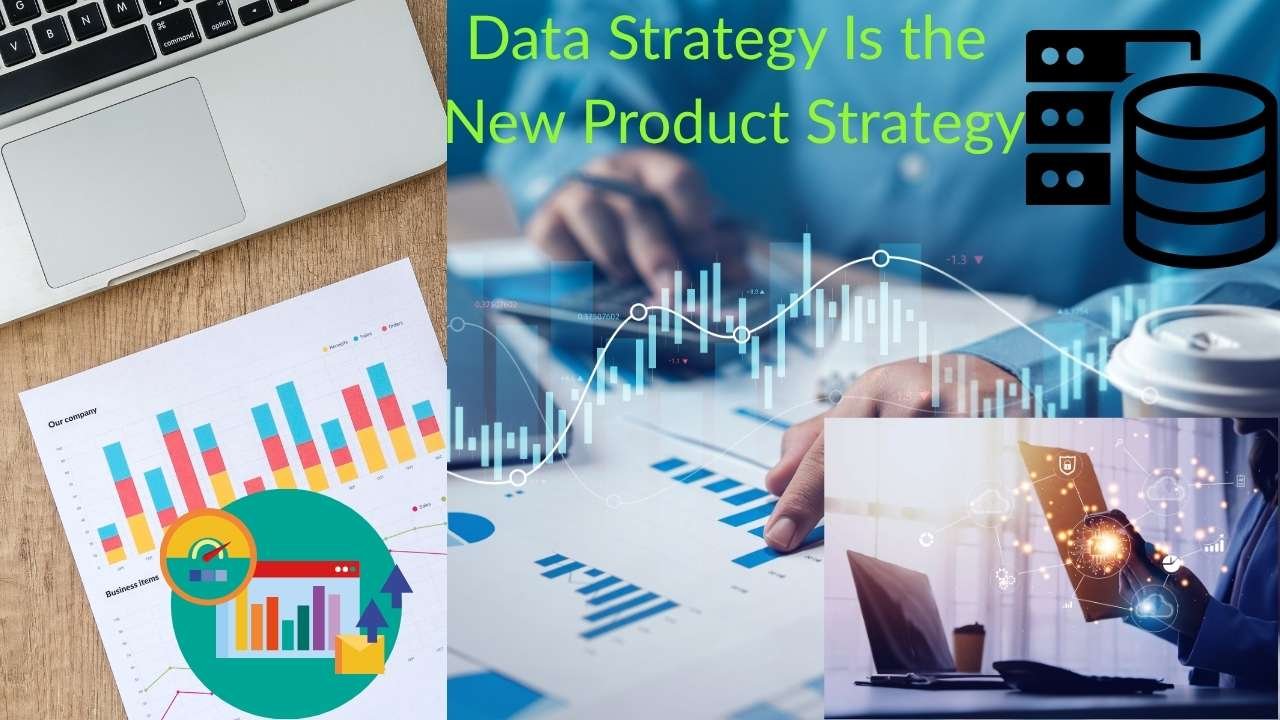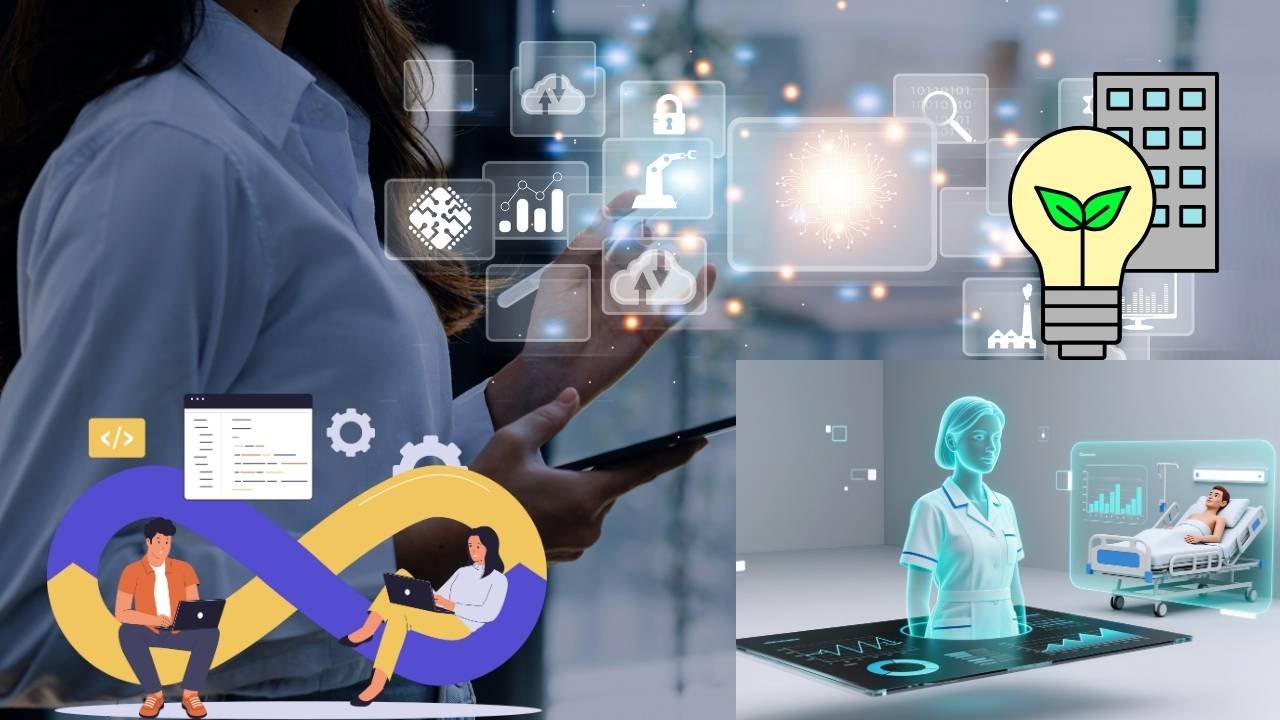Trust, Safety & Ethics in US Tech: How American Companies Can Prepare for the Next Wave of Innovation
Trust, Safety & Ethics in US Tech: How American Companies Can Prepare for the Next Wave of Innovation Explore how US-based tech firms can build trust, ensure user safety, and embed ethics in product design and deployment. Learn the key...




